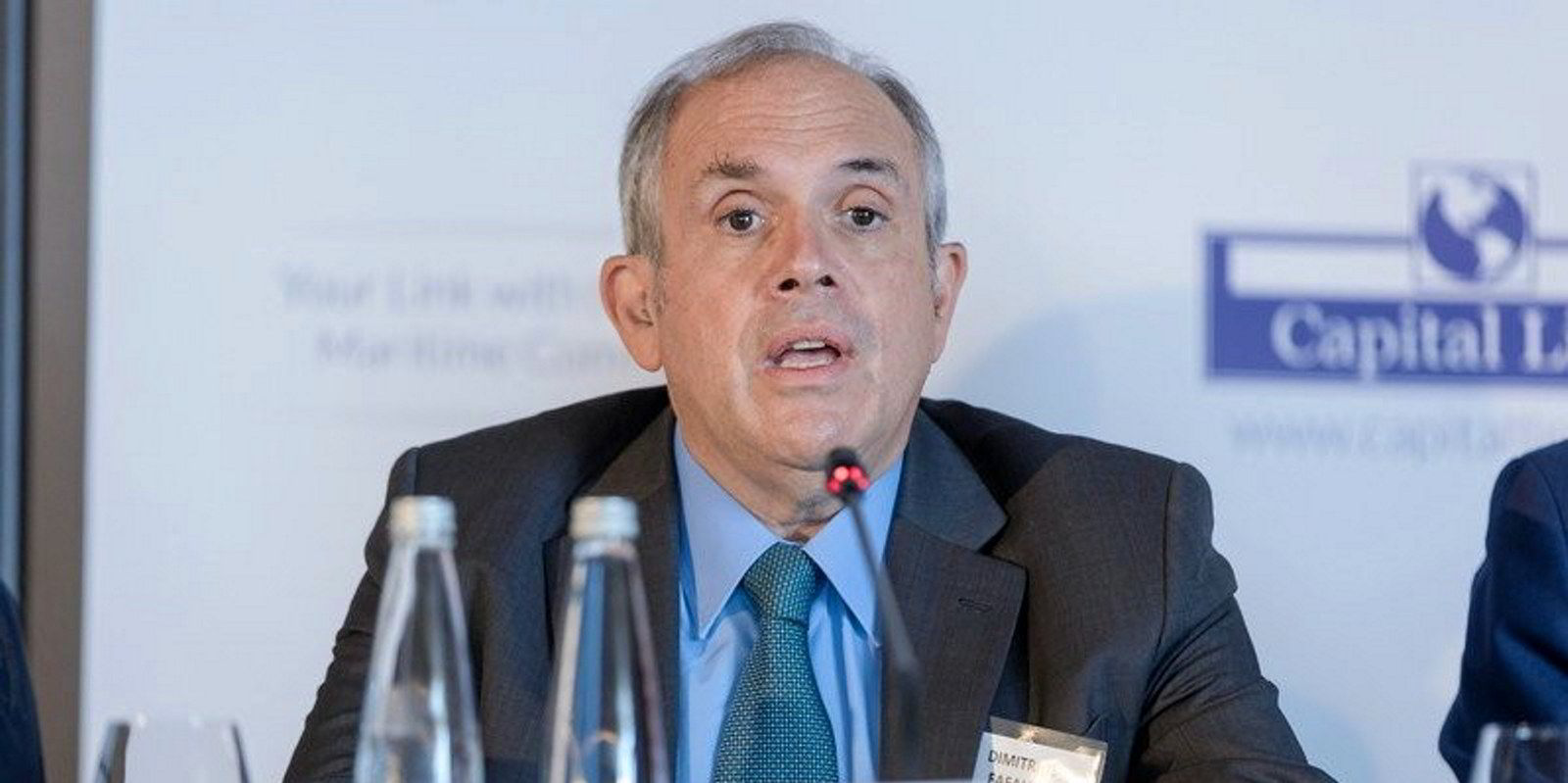The International Maritime Organization’s Carbon Intensity Indicator (CII) can yet be a powerful force for good in shipping, Bo Cerup-Simonsen believes.
The chief executive of Denmark’s Maersk Mc-Kinney Moller Center for Zero Carbon Shipping told TradeWinds: “We have to acknowledge that CII is a step in the direction of driving energy efficiency. Is it perfect? No, it’s definitely not.”
CII measures how efficiently a vessel carries cargo, but has come in for strong criticism from some shipowners.
Bulker giant Oldendorff Carriers argues that the measure can cause vessels to emit more greenhouse gases when they try to improve their rating.
Oldendorff’s research found that CII penalises laden vessels, which consume more fuel. The best CII score is obtained by slow steaming in ballast all year round — impossible for the world’s commercial fleet.
Cerup-Simonsen explained that CII uses nominal capacity instead of the real cargo load on the ship.
“That just leads to some imperfect conditions. It’s not ideal from that point of view,” he said.
But he argues that the industry will be gaining a lot of experience in it next year, and this will lead to a significant update of CII by 2026.
“We are in a phase now where we would have liked to see stronger enforcement, for example,” he conceded.
“We would have liked to see a stronger CII as it is formulated, so you can say neither the actual quantification of the index nor the enforcement is good enough at this point.”
Meaningful
But he stressed: “It’s a way to get going. I don’t believe it’s going to move the needle a lot as it is now.”
The idea is to optimise CII after what is in effect a three-year pilot starting in 2023. This could lead to “something that is really meaningful and powerful”, Cerup-Simonsen told TradeWinds.
He believes CII holds huge potential and will eventually play a very important role in decarbonisation.
“We need to drive energy efficiency because it is the least costly way of reducing climate impacts,” he said.
“Perfect can be the enemy of good. This is very important over the next five years. We need to accept that some of this stuff is not ideal but it actually progresses the transition.
“Let’s have a go at it, let’s learn from it and then let’s design something that is really powerful in the next upgrade.”
Oldendorff has calculated that an STD82 panamax ballasting for 365 days at a “slow steam” speed would emit 26,142 tonnes of CO2, which under CII would be rated AAAA.
The same vessel trading for 250 sea days at full speed with 115 port days would emit exactly the same volume of carbon — but would be rated CCCC.
Owners who want a better CII rating could, for example, agree with the charterer to tender the notice of readiness at the port, then leave the anchorage to steam around in circles — particularly beneficial for the ship’s CII rating if it is in ballast.





